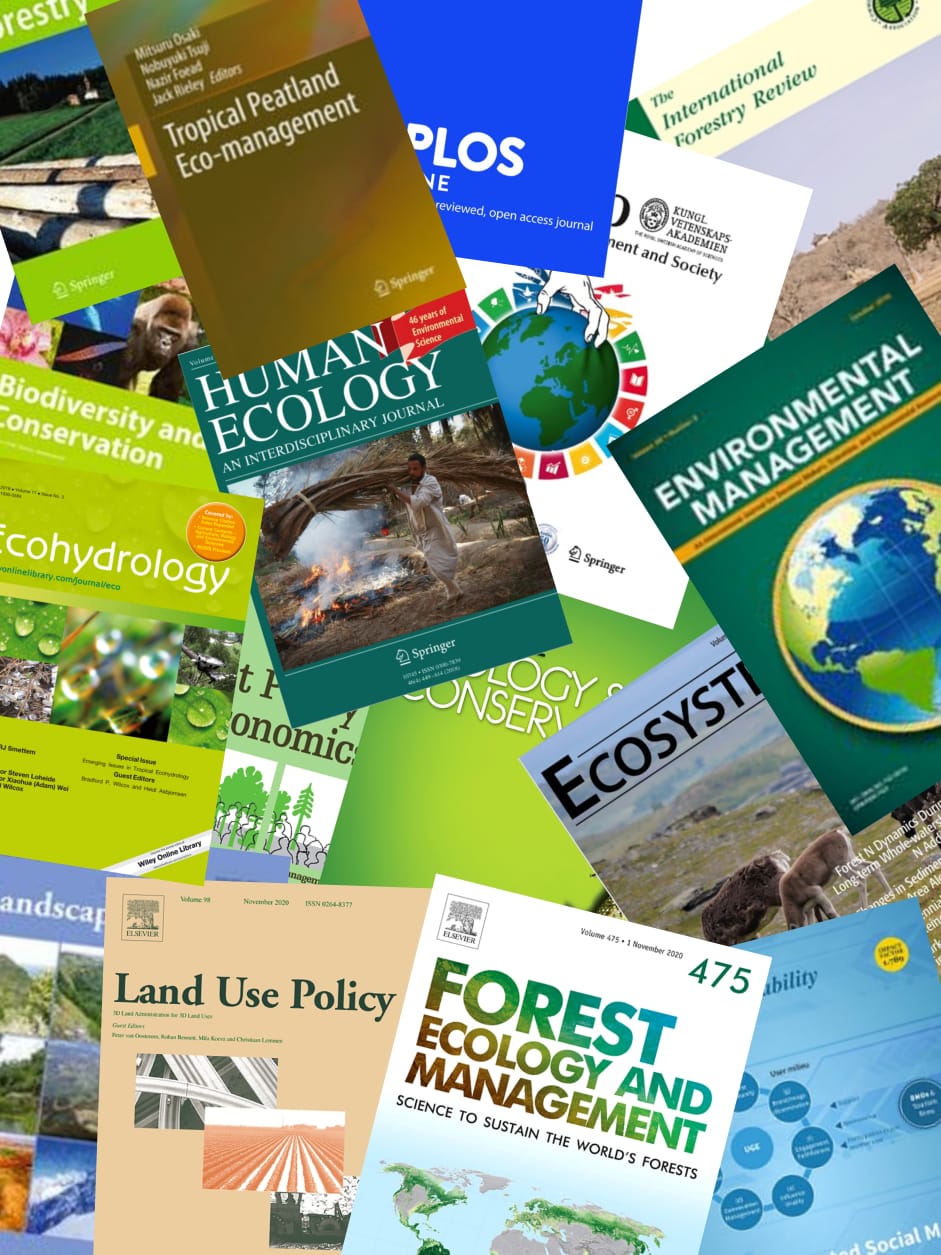Utilisation of waste product as a construction material is received encouraging response worldwide. Waste to wealth" has hit of waste reused that in line with Malaysia Green Technology Master Plan 2017-2030, that promoted on green and sustainable concept in a construction industry. Cement is widely used as a construction material due to its excellent binding properties. Nevertheless, two important facts on cement as a material that lacks of green and sustainable are on its production and compositions. Cement production lead to the depletion of natural resources and extremely pollute the environmental due to the carbon dioxide emissions. Thus, any sustainable products that can serve as like the binder material are a good replacement to cement material. The agricultural sector is one of the sources of a waste product. Typical disposal methods are by burning process or decomposed to the landfill due to its simple in operation lead to the environmental issues. Previous studies found on the use of few agricultural wastes as a cement replacement such as palm oil fuel ash (POFA), sugar cane bagasse ash (SCBA) and rice husk ash (RHA). Thus, this paper is discussed on the review of a previous researches on the agricultural waste as a supplementary cementitious material (SCM) that focused on the physical and chemical properties due the effect of burning temperature and particle size distribution. This review found that the suitable temperature for burning is within the range of 500-700°c and grinding effect is within 90-120 minutes to produce a better result for pozzolanic index. The suggested burning time is not more than 5 hours in order to consider the cost and economic value of the burning production. This will assist future researches on to what extent of temperature and particle size from agricultural waste material to develop SCM. © Published under licence by IOP Publishing Ltd."
View source

